
How to Use Electrodes: Examples, Pinouts, and Specs
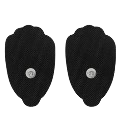
 Design with Electrodes in Cirkit Designer
Design with Electrodes in Cirkit DesignerIntroduction
Electrodes are conductive materials designed to facilitate the flow of electric current into or out of a medium. They are essential components in a wide range of applications, including batteries, electrolysis systems, and sensors. Electrodes serve as the interface between an electrical circuit and the medium (such as a liquid, gas, or solid) where electrochemical reactions or measurements occur.
Explore Projects Built with Electrodes
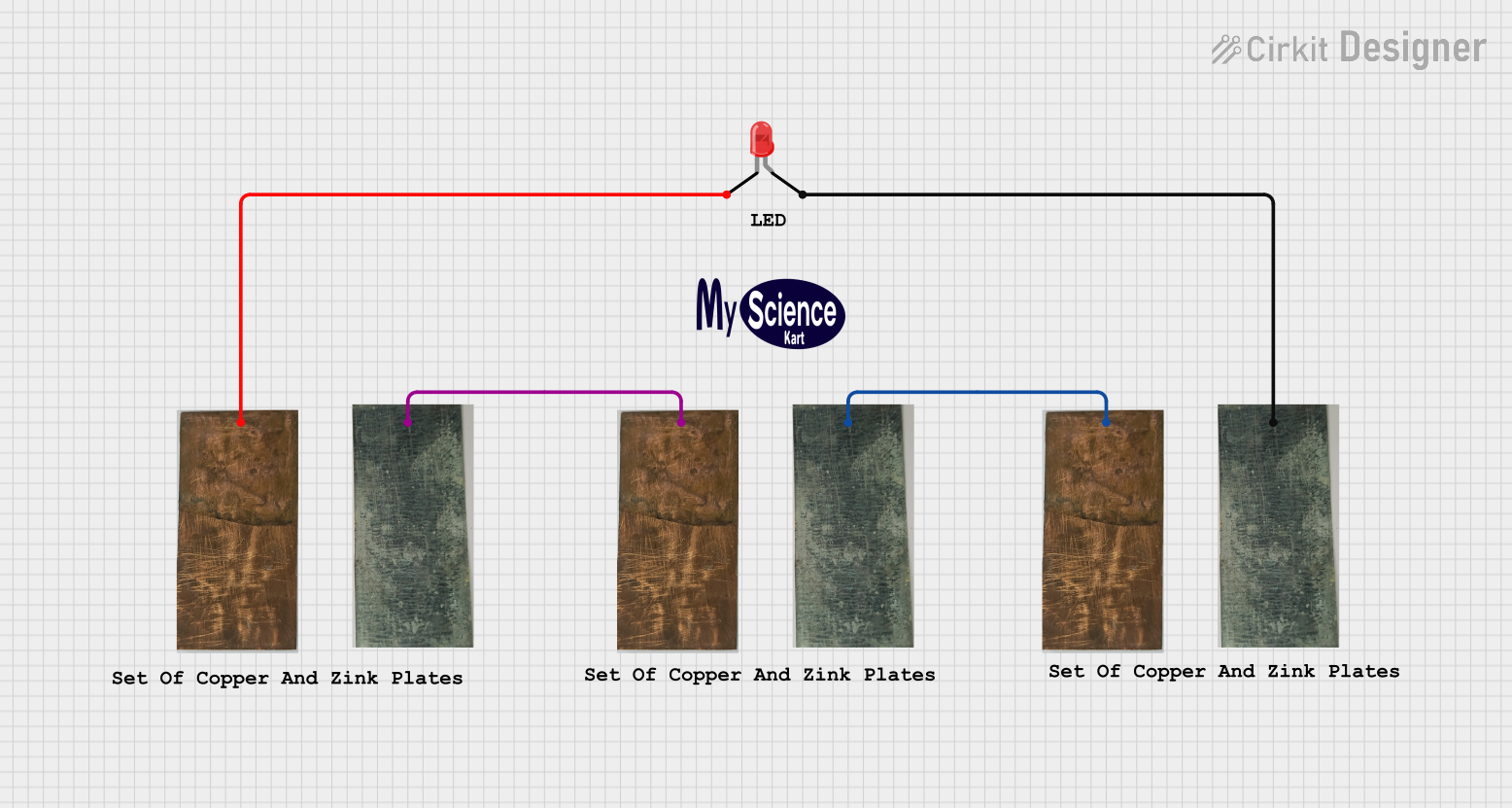
 Open Project in Cirkit Designer
Open Project in Cirkit Designer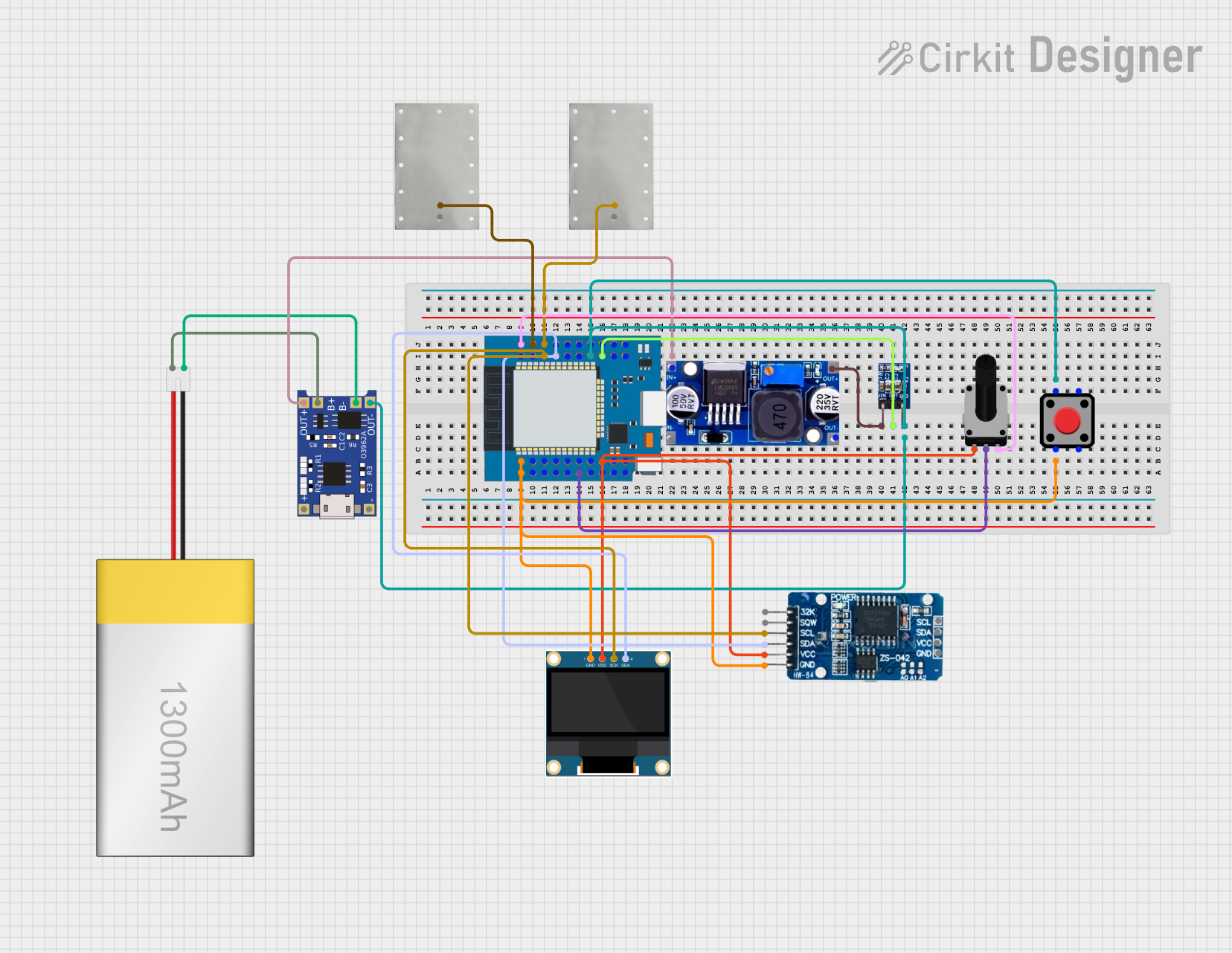
 Open Project in Cirkit Designer
Open Project in Cirkit Designer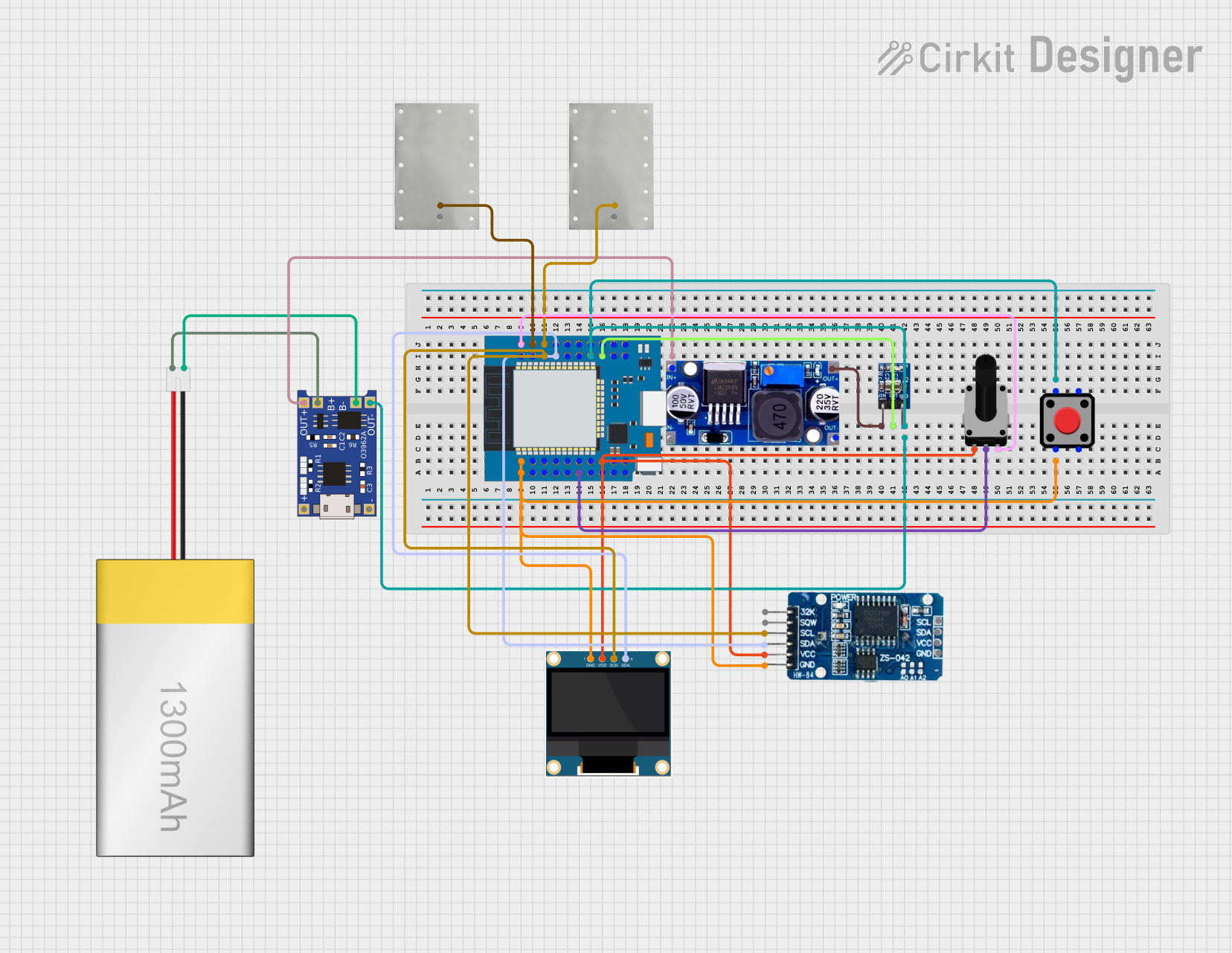
 Open Project in Cirkit Designer
Open Project in Cirkit Designer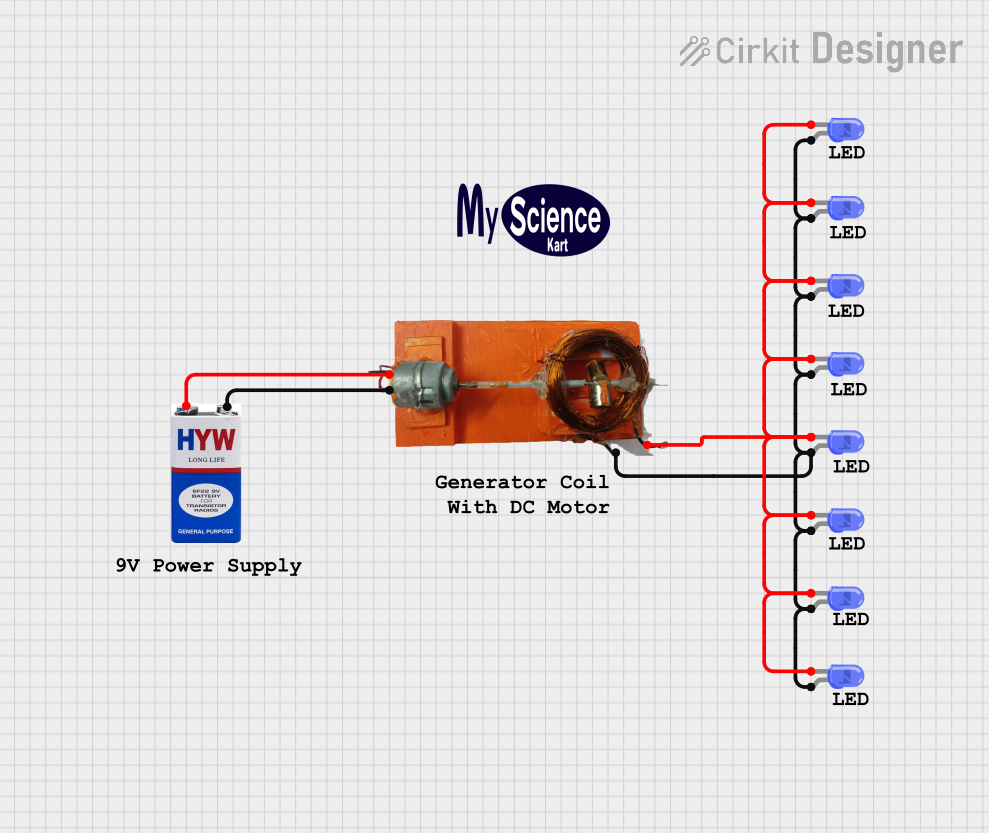
 Open Project in Cirkit Designer
Open Project in Cirkit DesignerExplore Projects Built with Electrodes

 Open Project in Cirkit Designer
Open Project in Cirkit Designer
 Open Project in Cirkit Designer
Open Project in Cirkit Designer
 Open Project in Cirkit Designer
Open Project in Cirkit Designer
 Open Project in Cirkit Designer
Open Project in Cirkit DesignerCommon Applications and Use Cases
- Batteries: Electrodes act as the anode and cathode, enabling the flow of electrons during charge and discharge cycles.
- Electrolysis: Used to split compounds (e.g., water into hydrogen and oxygen) by passing an electric current.
- Sensors: Electrodes are integral to devices like pH meters, ECG machines, and gas sensors.
- Capacitors: Serve as plates for storing electrical energy.
- Electroplating: Facilitate the deposition of a metal layer onto a surface.
Technical Specifications
The specifications of electrodes vary depending on their material, size, and intended application. Below are general technical details:
Key Technical Details
- Material: Common materials include graphite, platinum, gold, silver, and carbon.
- Conductivity: High electrical conductivity is essential for efficient current flow.
- Corrosion Resistance: Electrodes must resist degradation in the medium they operate in.
- Operating Voltage: Typically ranges from 0.1V to several volts, depending on the application.
- Current Capacity: Varies based on size and material, typically from milliamps to several amps.
Pin Configuration and Descriptions
Electrodes do not have a standard pin configuration like ICs or transistors. However, they are typically connected to circuits via terminals or leads. Below is an example table for a two-electrode system:
| Terminal | Description |
|---|---|
| Positive (+) | Connects to the positive terminal of the power source. |
| Negative (-) | Connects to the negative terminal of the power source. |
For specialized electrodes (e.g., reference electrodes in sensors), additional terminals may be present.
Usage Instructions
How to Use Electrodes in a Circuit
- Identify the Electrode Type: Determine whether the electrode is an anode, cathode, or reference electrode based on your application.
- Connect to the Circuit:
- Attach the positive terminal of the power source to the anode.
- Attach the negative terminal of the power source to the cathode.
- Ensure Proper Medium Contact: Submerge or place the electrodes in the medium (e.g., electrolyte solution) as required.
- Monitor Current and Voltage: Use a multimeter or other measurement tools to ensure proper operation.
Important Considerations and Best Practices
- Material Selection: Choose an electrode material compatible with the medium to prevent corrosion or unwanted reactions.
- Surface Area: Ensure the electrode has sufficient surface area for the intended current flow.
- Cleaning: Regularly clean electrodes to remove deposits or contaminants that may affect performance.
- Polarity: Verify the correct polarity to avoid damage or unintended reactions.
- Safety: Handle electrodes with care, especially in high-voltage or corrosive environments.
Example: Using Electrodes with an Arduino UNO
Electrodes can be used with an Arduino UNO for applications like measuring conductivity or monitoring pH. Below is an example code snippet for reading voltage from an electrode connected to an analog pin:
// Example: Reading voltage from an electrode using Arduino UNO
const int electrodePin = A0; // Analog pin connected to the electrode
float voltage = 0.0; // Variable to store the measured voltage
void setup() {
Serial.begin(9600); // Initialize serial communication at 9600 baud
}
void loop() {
// Read the analog value from the electrode
int sensorValue = analogRead(electrodePin);
// Convert the analog value to voltage (assuming 5V reference)
voltage = sensorValue * (5.0 / 1023.0);
// Print the voltage to the Serial Monitor
Serial.print("Electrode Voltage: ");
Serial.print(voltage);
Serial.println(" V");
delay(1000); // Wait for 1 second before the next reading
}
Troubleshooting and FAQs
Common Issues Users Might Face
No Current Flow:
- Cause: Poor connection or incorrect polarity.
- Solution: Check all connections and ensure the correct polarity is used.
Corrosion or Degradation:
- Cause: Incompatible electrode material for the medium.
- Solution: Use a corrosion-resistant material like platinum or gold.
Inconsistent Readings:
- Cause: Contaminated or dirty electrode surface.
- Solution: Clean the electrode with a suitable cleaning solution.
Overheating:
- Cause: Excessive current or poor heat dissipation.
- Solution: Reduce the current or use a larger electrode.
Solutions and Tips for Troubleshooting
- Verify Connections: Ensure all wires and terminals are securely connected.
- Inspect the Medium: Check for impurities or changes in the medium that may affect performance.
- Calibrate Regularly: For sensors, calibrate the electrodes periodically to maintain accuracy.
- Use Protective Coatings: Apply coatings to electrodes in harsh environments to extend their lifespan.
By following these guidelines, you can effectively use electrodes in a variety of applications while minimizing potential issues.